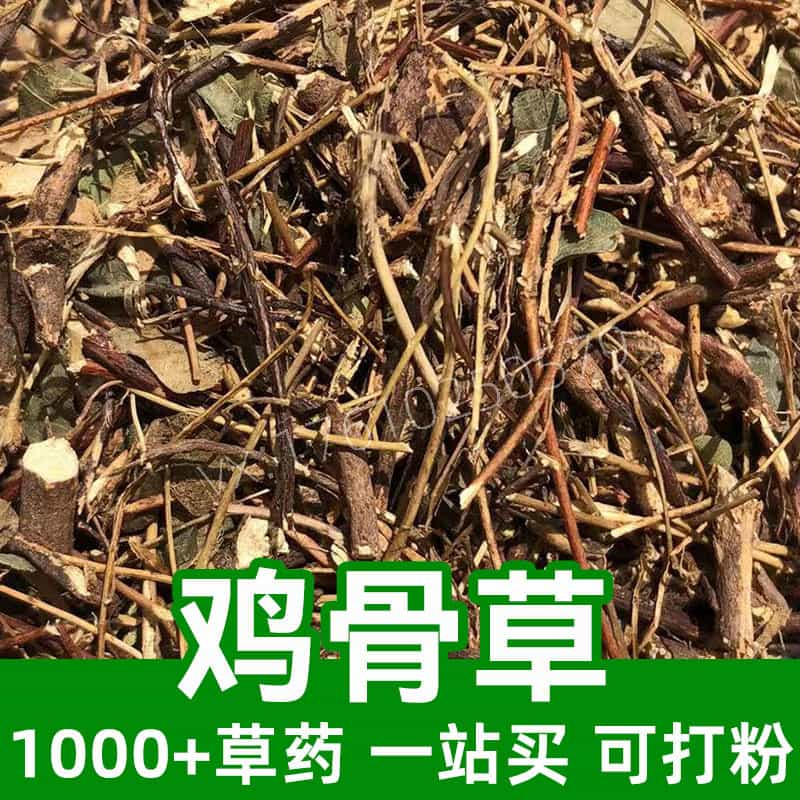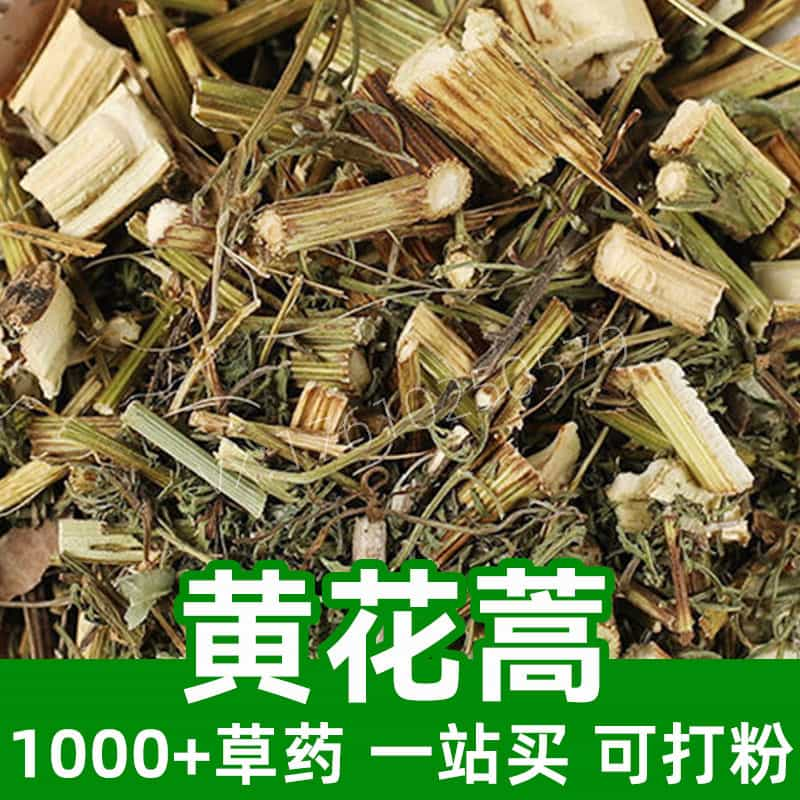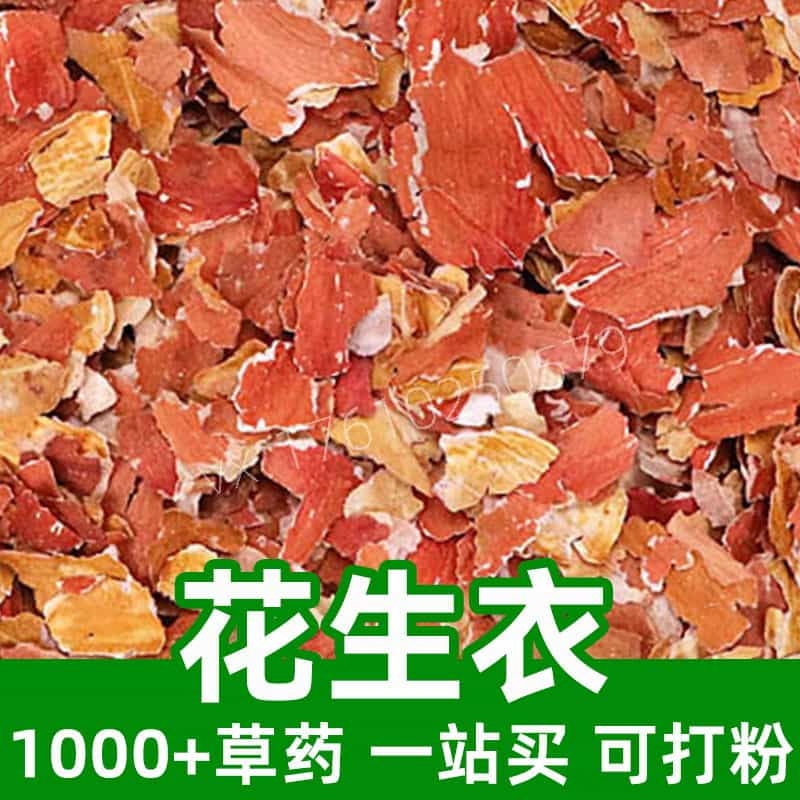Product Introduction
Nightshade, scientifically known as Solanum, is a genus encompassing various species, some of which are used in traditional medicine and cuisine, while others, like Belladonna (Atropa belladonna), are notably toxic. The plant is characterized by its aromatic foliage, star-shaped flowers, and round, shiny berries that can pose a significant risk if ingested. Originating in Europe and expanding to diverse regions, nightshade thrives in well-drained soil and can often be found in gardens or as part of wild flora.
In traditional uses, certain parts of the nightshade plant have been utilized for their chemical components, primarily tropane alkaloids, which have influenced various herbal preparations. Despite its notorious name, it has found applications in herbal medicine—primarily for its potential influence on the nervous system and muscle relaxation. Recognized in various cultures, nightshade's controversial reputation demands caution, yet it remains a subject of interest in herbal studies.
Nightshade is most commonly encountered in traditional Western and Chinese herbal practices, where it is carefully prepared and dosed to maximize its benefits while mitigating risks associated with its toxicity. Quality control and responsible sourcing are paramount in its use.
Main Active Ingredients
Nightshade contains several active compounds that contribute to its effects, among which are tropane alkaloids like atropine, scopolamine, and hyoscyamine.
- Atropine: Known for its anticholinergic properties, atropine primarily affects the peripheral nervous system. It can help to reduce muscle spasms and increase heart rate, thus finding limited use in herbal formulations aimed at enhancing relaxation or addressing certain types of muscle tension.
- Scopolamine: Another notable alkaloid, scopolamine is often used for its sedative qualities. It acts predominantly on the central nervous system, providing effects that may promote sleep or reduce motion sickness, and is of particular interest in both traditional and modern herbal practices for mitigating nausea and dizziness.
- Hyoscyamine: This compound has similar properties to atropine, affecting smooth muscle and possibly influencing digestive health by reducing motility. Its applications are particularly relevant in cases of gastrointestinal distress or cramping.
Additional inactive compounds also exist within the plant, including flavonoids, which may offer supportive antioxidant properties. The concentration of these tropane alkaloids can vary significantly based on plant maturity and environmental conditions, necessitating careful harvesting and processing to ensure dosage safety.
Ultimately, while these active components showcase potential benefits, the toxicity associated with nightshade requires prudent handling and informed usage within the herbal medicine sphere.
Product Application Scenarios, Usage, and Dosage
The applications of nightshade in traditional herbal medicine are diverse, with specific usage scenarios dependent on its chemical components. Typically, formulations are created from the dried leaves or berries, emphasizing the necessity for careful preparation due to the plant’s toxicity.
In traditional Chinese medicine, nightshade may be utilized to address a range of conditions, particularly those requiring muscle relaxation or stress alleviation. Herbal practitioners might incorporate nightshade extract in a formula to leverage its tropane alkaloids for anti-spasmodic effects. The common preparation involves infusions or tinctures, where precise measurements are critical.
Standard dosages can range; however, due to the variability of active alkaloid concentration among individual plants, practitioners often recommend starting with very low doses (e.g., a few drops of tincture) and closely monitoring the patient's response. Emphasis is placed on utilizing nightshade under the supervision of a qualified herbalist or healthcare professional, especially considering its potential neurotoxic effects.
Nightshade's inclusion in herbal preparations should also be applied judiciously in culinary scenarios. Some varieties, like the common bell pepper, belong to the Solanum family and are safe in modest amounts, while others, like those containing high levels of alkaloids (e.g., poisonous nightshade), are strictly forbidden for public consumption.
In summary, the historical use of nightshade presents a rich tapestry of potential benefits alongside the shadows of its toxic legacy, making respectful understanding and responsible application indispensable.
Introduction to the Source Plant, Distribution, and Growth Environment
Nightshade belongs to the Solanaceae family, with multiple species across the genus Solanum, which includes both edible and toxic varieties. Notable for their adaptability, these plants exhibit a wide range of growth forms—from herbaceous perennials to small shrubs. The most recognized species associated with toxicity, Atropa belladonna (Deadly Nightshade), is predominantly found in temperate zones of Europe, while other variants have expanded their distribution globally.
Nightshade plants thrive in well-drained soils, favoring sunny to semi-shaded environments, often growing in disturbed lands or alongside agricultural fields. In their native habitats, they typically establish in rich, organic soils, allowing for robust growth. The ability of nightshade to grow under various conditions—ranging from moorlands to gardens—demonstrates their ecological versatility.
Flowers typically bloom in late spring to mid-summer, producing fruit in the form of small berries; these can vary in appearance from green to black, indicating ripeness but also harboring toxic properties. The morphology of nightshade varies widely, with some species exhibiting smooth leaves and others presenting thorny or jagged edges, denoting adaptations geared towards climate and local ecologies.
Herbalists seeking to source nightshade should prioritize sustainably cultivated varieties, acknowledging the environmental impact associated with overharvesting wild populations. Ethical harvesting practices assist in preserving the delicate balance of local ecosystems while enabling responsible herbal use.
Harvesting, Processing, and Storage
Harvesting nightshade requires meticulous timing and knowledge of the right plant parts to ensure safety and efficacy. Typically, leaves and berries are harvested during the growing season—leaves when fully mature but before flowering and berries once they are fully ripe. Given the toxicity associated with certain parts of the plant, it is paramount to wear protective gloves during harvesting and to ensure that any harvested materials are correctly identified.
Post-harvesting, the processing begins with cleaning the collected leaves and berries to remove dirt and contaminants. It is commonly preferred to dry the leaves in a controlled environment to prevent mold and degradation of active compounds. Properly dried leaves can be stored in breathable containers, such as paper bags or glass jars, ensuring exposure to air and maintaining their potency over time.
Berries are often either processed into tinctures or dried; however, great caution must be exercised, as inappropriate handling can lead to the retention of harmful potency. When preparing tinctures, the alcohol extraction process is utilized to draw out substances while minimizing toxicity, enabling safer consumption.
Storage is another vital aspect to consider. Nightshade products should be kept in cool, dark, and dry environments, ideally away from direct sunlight, which can degrade the active ingredients over time. Ideally, to prolong shelf life, they should be stored in airtight containers that exclude moisture. Regular checks for signs of deterioration, such as discoloration or unusual odors, are essential to ensure the herbal product can be used safely and effectively.
In summary, the safe harvesting and meticulous processing of nightshade are critical in preserving its unique properties while respecting its potential risks, ensuring that its place within traditional medicine remains both informative and responsible.
Monica Sun is a seasoned expert in the natural raw materials industry, with over a decade of experience specializing in traditional Chinese medicinal herbs, spices, and fungi. She is skilled in the sourcing, processing, and application of these materials, emphasizing sustainability and innovation. Monica Sun has contributed to the development of high-quality natural raw materials that serve as essential components in functional foods, pharmaceuticals, and cosmetics, delivering tailored solutions to meet diverse market needs.














